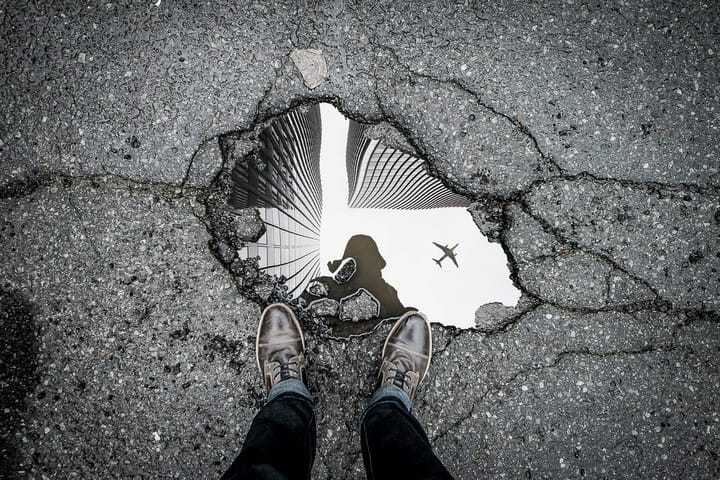Hacking Your Mind — How You Gain Advantage of Your Cravings
On What I Read — Atomic Habits by James Clear
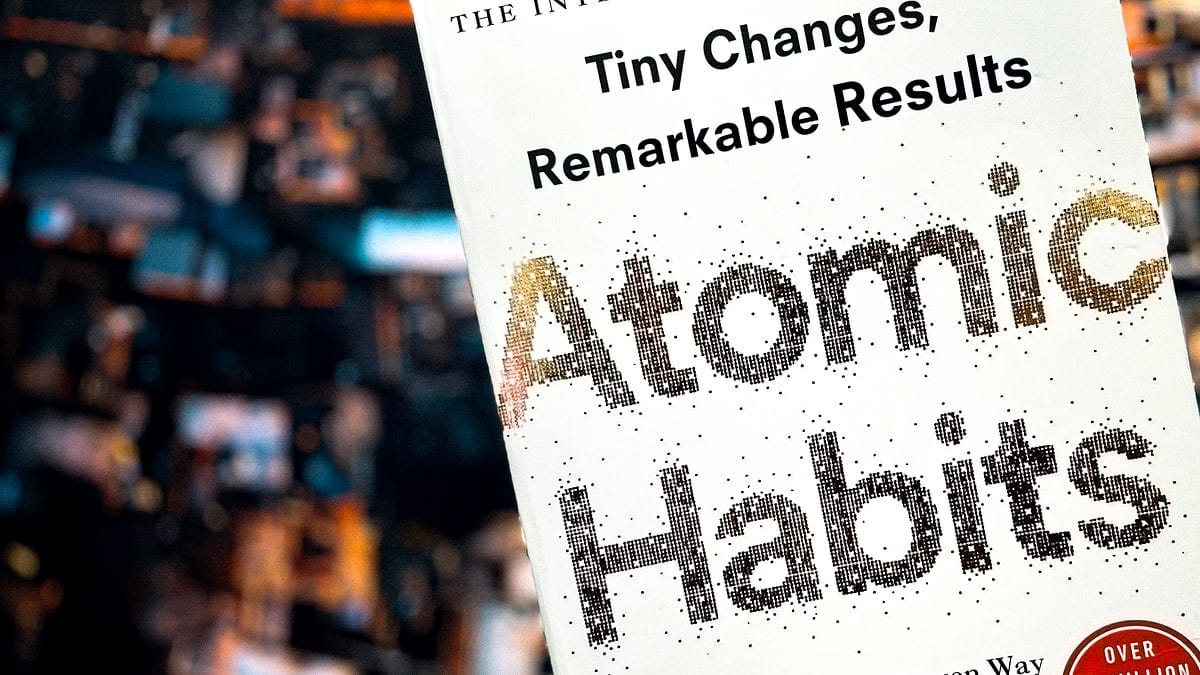
I am removing the “Log #06” part from the titles and subtitles. Why? I realised that this numbering doesn’t make sense, as each log is an independent read, and it makes things easier for me when I want to recollect something.
I have this small FOMO where I’d run back and read from the beginning if I see any numbering like the one I’m using. Anticipating that, I want to prevent it. Hence, the drop. By the way, it also makes things easier for the readers. I mean, would someone come read an article with the title “Log 256”? I don’t think so. Do you?
Craving & The Atomic Habits
I’ll be honest; I was underwhelmed when I read this section in the book. I mean, craving was the most powerful thing of any bad habit, yet the only suggestion we get is to “reframe our minds”. I was looking forward to something practical, i.e., something more applicable, like the “Habit Stacking” method in cues. In the second read, I realised that the author shared an interesting trick. I missed it because it wasn’t explored as deeply as the habit stacking.
This trick is called “Temptation Bundling”. To understand this temptation bundling, you must understand how dopamine works in our brains.
How domapine works.
If you have any previous interaction with this word, you would guess that “dopamine” is called the happy hormone. It’s the one that’s released when you find pleasure in any activity. Eating High-sugar foods? Dopamine is released. Going on a date with the girl you have a crush on? Dopamine is released. Found a $100 bill on the pavement? Dopamine is released to the top.
But there’s a slight caveat. Let’s consider the “going on a date” example. The actual date might make you happy, but the anticipation makes you happier. I have a friend who couldn’t sleep the day before he had a date. Why? He was too excited. Similarly, imagine achieving your goal, and anticipate the respect and the pride you’d get from achieving the goal.
That’s the role of dopamine. It’s the one that causes “desire” to build. But it’s not actually in play when you experience pleasure. That’s a different thing, and I am not knowledgeable enough to discuss that.
Why this discussion on dopamine?
Well, look at the habits you have. Why do you do them? Why do you have a desire to eat that pizza? Because you anticipate the taste you’d feel when eating it. I write daily because I anticipate discussing with the readers what I wrote. An author writes because they anticipate people reading their work or their book being a best-seller.
It’s a desire that makes us repeat what we do. The first time, you’d get the kick from getting a reward, but the next time, the desire to get the reward pushes you to work. The following figure of dopamine levels in different stages of a habit has helped me a lot in understanding this.
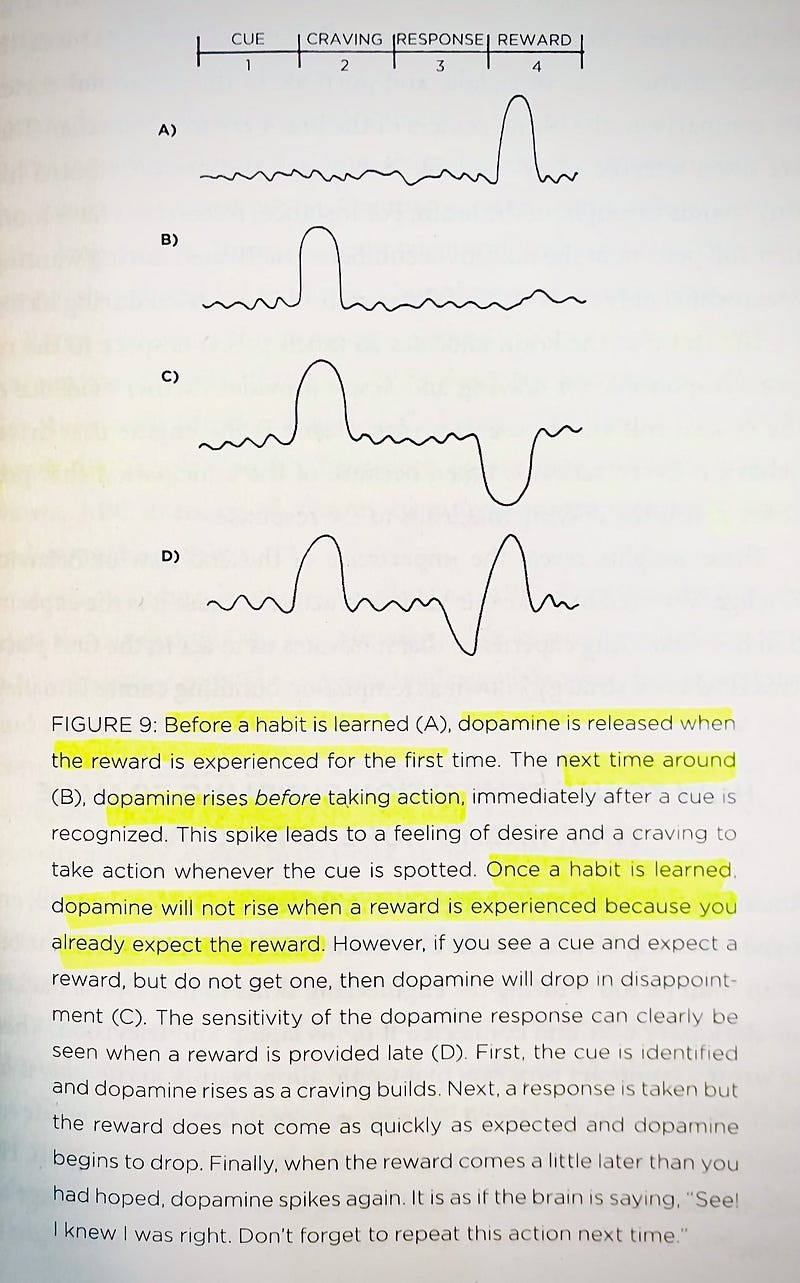
The “Hacking” part of this article
Now that it’s established that the dopamine or craving is released when something is anticipated. We must trick our brains into that anticipation when working on our new habits. We can do that in two ways.
The first one is the plain old motivation. We must pull all the anticipation of long-term desire and use it to work on the habit. Simply put, you must pull the desire to look good 10 years later and go to the gym today. And that works well to ignite the habit. You’ll push yourself to work constantly the first 1 week, 2 weeks or at most 1 month. But after that, the motivation gets extinguished. Why? The brain couldn’t release dopamine anymore as the reward was too delayed. That’s the case(c) in the above figure.
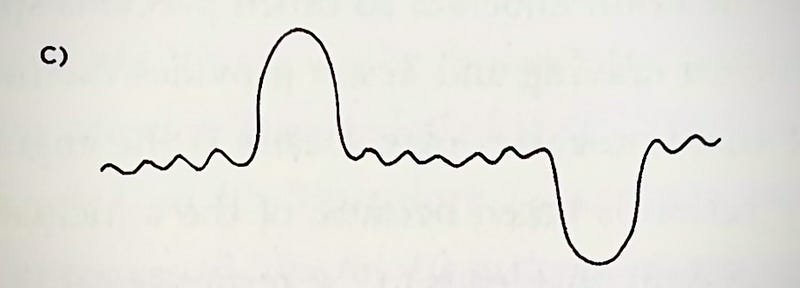
The other is bundling working out with gaming for an hour. If you only game after you return from the gym, then after some time, your brain starts associating the ability to game with working out. Or, if you have a cup of coffee after you write 1000 words, you trick your brain into anticipating the coffee when you sit down to write.
Can the brain get tricked? Don’t we know what we’re doing?
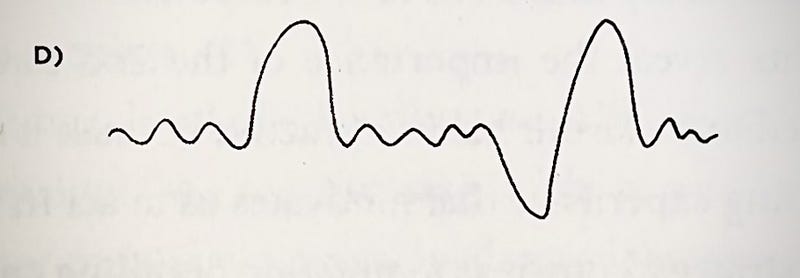
Yes, It surprisingly does. The conscious brain knows what we’re doing, but the unconscious brain doesn’t. Why? Having a tempting habit after you’ve done something is similar to the case(D) in the dopamine figure. Your brain associates the dopamine at the end with the delayed dopamine from the habit and the dopamine from the coffee. That’s what’s important. You can sometimes not bundle these things together, but the more you bundle them, the easier the craving is controlled.
This is called “Temptation-Bundling”. Similarly, when you bundle an unattractive habit with a bad habit, you trick your brain into hating the bad habit. Of course, the bad habit can’t be removed, and the cues still kick that habit into action, but the appeal or attractiveness would decrease. I want to ask you to share an example of how you use this to make your bad habits unattractive.
That’s everything I wanted to share today. I hope you found some value in this article. If you have any suggestions or thoughts on this article, kindly share them in the comments!
Thanks for staying till the end! Until next time!✌️


